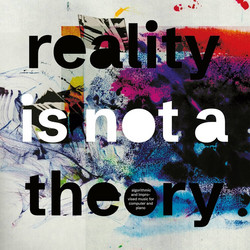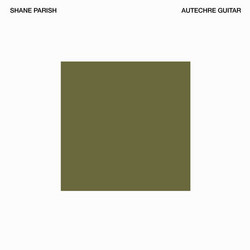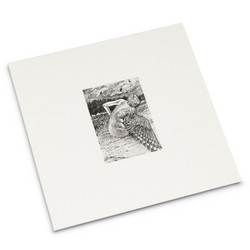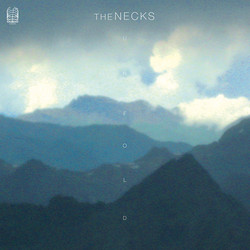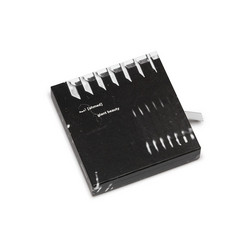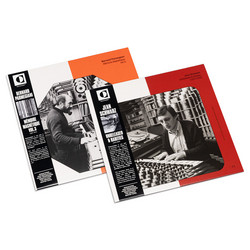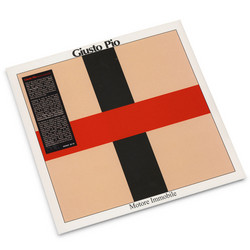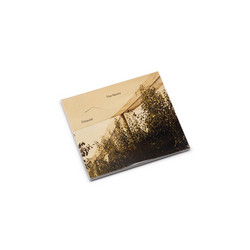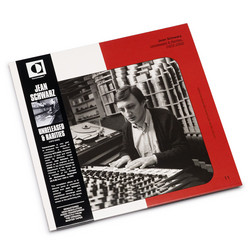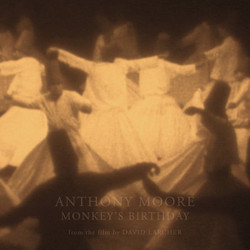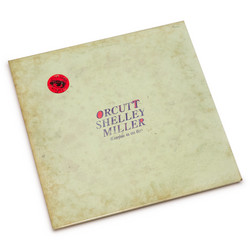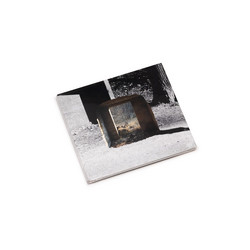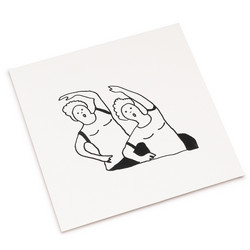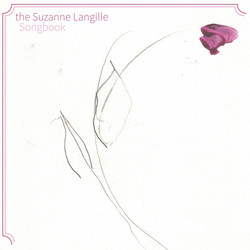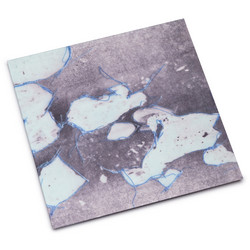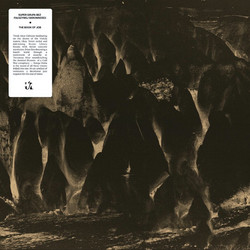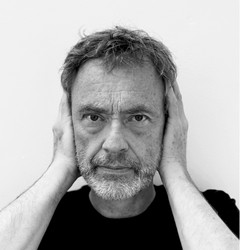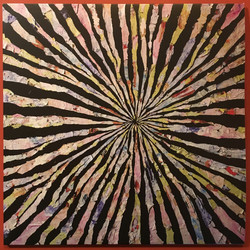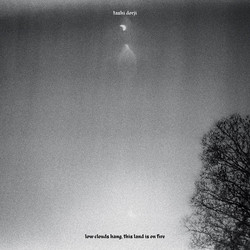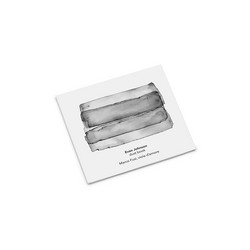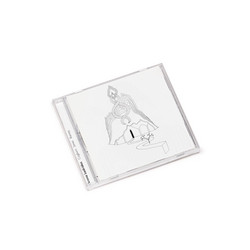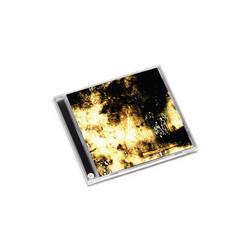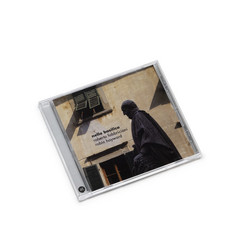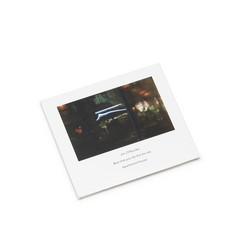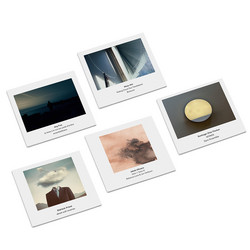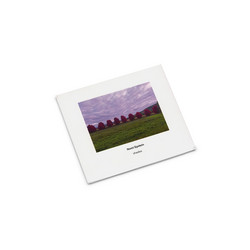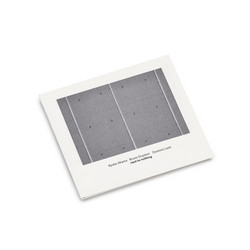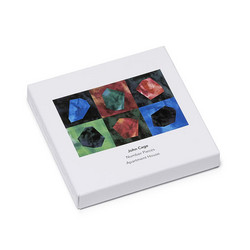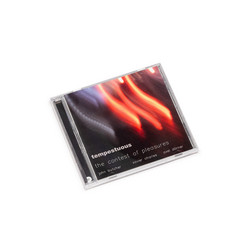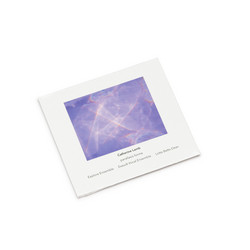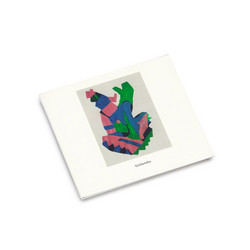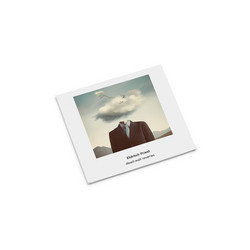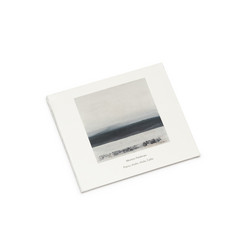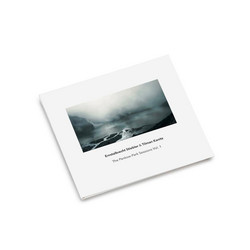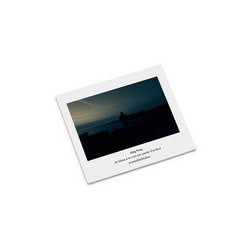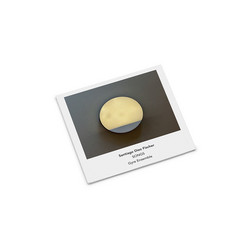L’art de toucher marks a compelling portrait of Evan Johnson through five works that thrive on the margins of what is heard and felt. Three pieces, collectively named “L’art de toucher le clavecin,” form the centerpiece, each inhabiting its own delicate territory for various combinations of piccolo, violin, and percussion. Drawing on François Couperin’s influential treatise, Johnson investigates the artistry of touch - not by evoking the harpsichord directly, but by plumbing the very materials and gestures of performance for traces of ornament, fragility, and transformation.
The genesis of the triptych began with Johnson’s collaboration with flutist Richard Craig and violinist Karin Hellqvist, but the process itself became a journey through revision and reimagining, culminating in three “concentric” works, each layering detail into new forms. Rather than presenting the series in a fixed order, Johnson invites performers and audiences to encounter each piece as a fresh perspective - each version folds familiar material into new sonic shapes, reflecting a creative philosophy where ornamentation is not embellishment but the heart of musical invention.
Elsewhere, “thaes ofereode, thisses swa maeg” for cello and voice and “Plan and section of the same reservoir” for trio extend these explorations into new contexts. Throughout, Johnson’s interest in the physical dimensions of sound is palpable: micro-gestures, “stuttering and stumbling” phrases at the piano, and barely-there resonance turn musical technique into an act of discovery. The musicians - among them Richard Craig, Susanne Peters, Sarah Saviet, Séverine Ballon, and Trio Accanto - demonstrate a vivid attention to the whispering edges of expressivity, creating a sound world that is at once private, encoded, and deeply engaging. What emerges is music as living inquiry. Each piece blurs the lines between act and artifact, presence and absence, surface detail and underlying structure. With L’art de toucher, Johnson invites listeners to linger in ambiguity, to attend to what is hidden and unspoken - and to find wonder in the mutations of touch, timbre, and musical thought.

